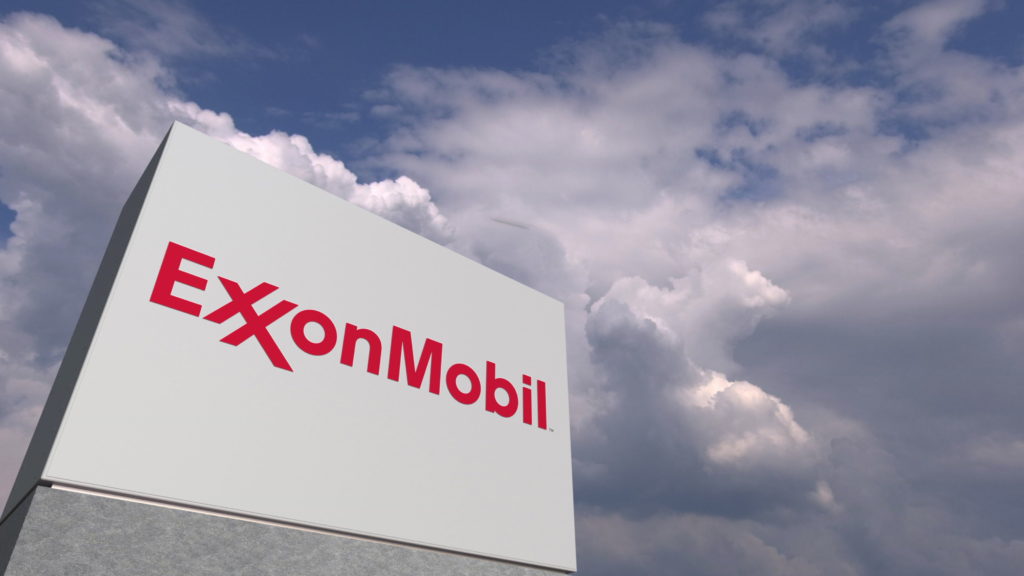
NEW YORK — In March, ExxonMobil detailed its plans for reducing the amount of methane released into the atmosphere by its operations. Currently, many governments are creating new regulations in regards to greenhouse gas emissions.
Exxon is hoping to be of influence to other companies and regulators regarding how they write rules of this kind. According to Exxon, its procedures have made a 20% decrease in methane emissions among some of the company’s American drilling operations since 2018.
“Our industry has developed high-tech advances to curb emissions, and we also hope this framework will be helpful for governments as they develop new regulations,” said Exxon’s CEO, Darren Woods.
The Obama Administration’s Environmental Protection Agency set new methane emission limits back in 2016, and called for total emissions numbers to decrease by half by 2025. Trump’s administration has been working toward relaxing these rules, and many oil and gas companies are working to fight that regression.
For this purpose, Exxon proposed its “model framework” for regulation of its emissions in all phases of production. Exxon’s plan also asks other companies to replace their energy infrastructure components within production sites that have a “high-leak potential,” to begin improving production technology, and to start conducting new research.
Still, some environmental advocates want Exxon to be more aggressive in its methods of combating global warming.
“The steps ExxonMobil has taken and the commitments the company announced are nowhere near sufficient to get us there,” said the Union of Concerned Scientists’ accountability campaign director, Kathy Mulvey. “We need to see much more ambitious and urgent actions taken by companies like ExxonMobil.”
Methane in the atmosphere can be more potent than carbon dioxide as a greenhouse gas by up to 86 times over a period of 20 years. When companies drill for oil, they find natural gas, whether it is wanted or not. During extraction, methane is released into the atmosphere–although scientists are still unsure of exactly how much.
With global warming threats so present, many major oil companies are under pressure from their investors to show how they will curtail the issue and adapt to new regulations.
“With the climate crisis upon us, companies can’t afford to ignore their contributions to climate change,” said senior director of the Environmental Defense Fund, Ben Ratner. “In at least one or two parts of [Exxon’s methane] framework, what they are recommending appeared to fall considerably short of what would be considered the best available operational practice and regulatory requirements.”
According to Ratner, Exxon’s framework involves implementing a program of leak detection and repair to fix gas leaks immediately. The company conducts these leak inspections at least once annually, but isn’t leading in this effort. Some other major oil companies have monthly inspections with sensors mounted on drones.
“The truth is, it needs to be much more,” he explained, “and we need to be driving to a world of continuous, real-time monitoring and rapid mitigation of this highly potent greenhouse gas. Once-a-year inspection is not a serious proposal for regulatory requirements that are up to the magnitude of the challenge.”
It is clearly in companies like Exxon’s best interest to meet these expectations. When new regulations are in the works, energy companies typically prefer to be ahead of the curve and collaborate in writing the rules that would control their operations. Increased regulation costs also have the potential to increase the costs of companies’ competitors, allowing companies with more expansive operations to grow their business advantages.
Exxon also believes that it would be preferable for an oil and gas operator to burn off (“flare”) natural gas if venting is needed, as opposed to releasing methane directly into the atmosphere. The company also suggests improving the combustion efficiency of these flares to avoid methane being accidentally released. Still, flaring releases carbon dioxide–which is less potent, but lasts longer within the atmosphere.
This flaring is a major issue, as U.S. gas flaring activity rose by 48% from 2017 to 2018, reaching 1.4 billion cubic feet per day. When natural gas prices fell, flaring amounts surged and pipeline capacity was constrained, causing many producers to pay to have it removed instead of selling it.
Now, Exxon assures that its efforts are aligned with solving these problems. The company’s subsidiary, XTO Energy, has expanded its methane emissions reduction efforts and officially signed onto the industry program Environmental Partnership.
“Our comprehensive initiative is underscored by a technology research and testing effort,” said XTO President, Sara Ortwein, “and includes personnel training, equipment phaseout, and facility design improvements.”
Reader Interactions